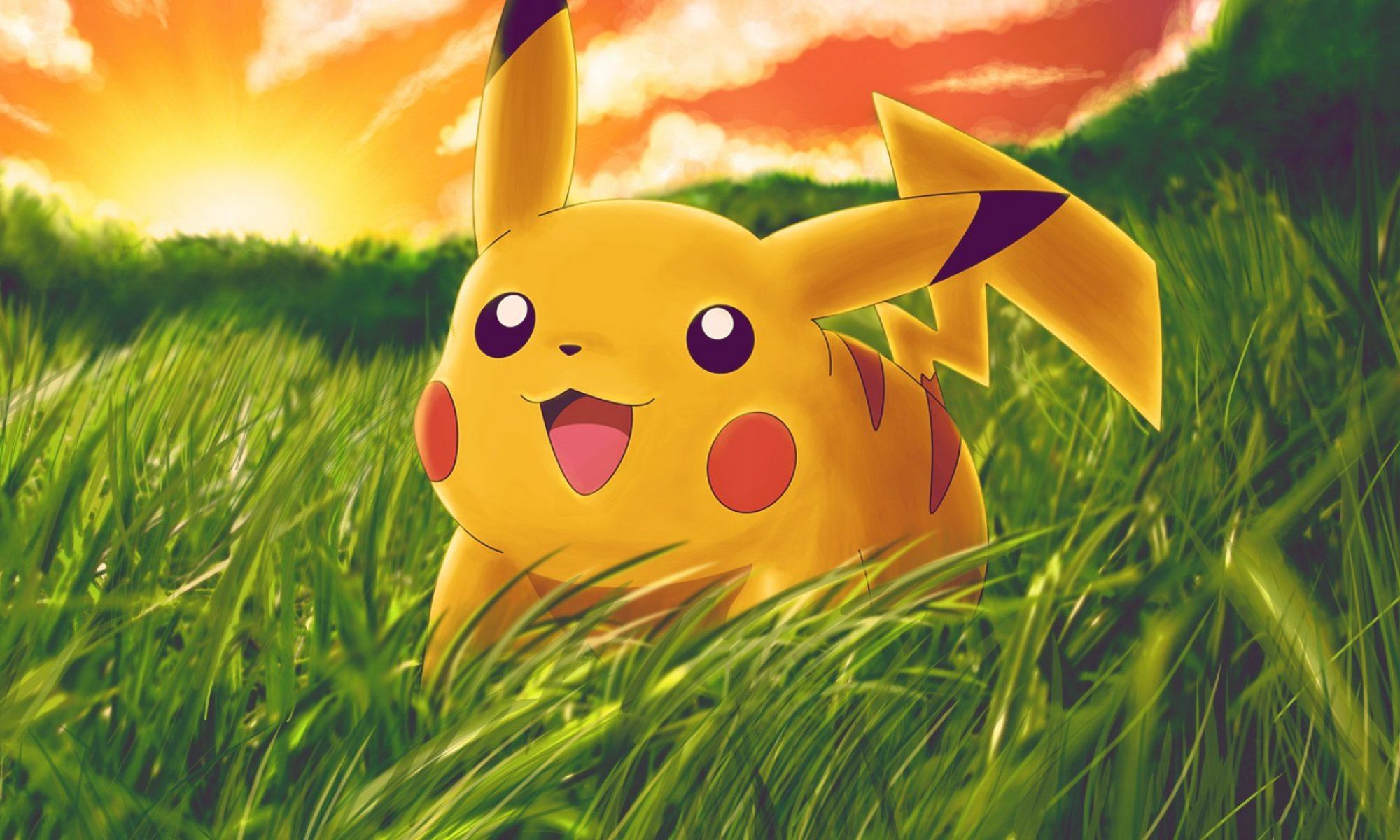By Jill/Redterror117
With their release in Generation II, shiny Pokemon are always well sought after due to their rarity, and sometimes pleasing appearance. There are a number of people after all who prefer the colouring of a shiny Charizard over the normal colour. Despite the fact that encountering a shiny Pokemon is three times easier than encountering a Pokemon with Pokerus (shiny Pokemon in the wild having a 1/8192, versus the 3 in 65,536 chance that Pokerus holds), it is still a time consuming feat that most tend to give up on partway into the hunt. However a deeper analysis on how shininess is determined is key to improving a hunt.
Starting back in Generation II, the game’s data structure was more simplistic than its later generations. In order to obtain a shiny Pokemon in Gold, Silver, or Crystal, the Pokemon must have specific IVs; its Speed, Special, and Defense IVs must be all 10s, while its Attack IV has to be either 2, 3, 6, 7, 10, 11, 14, or 15. With the shiny trait being tied to the IV stat, it allowed the Pokemon to be transferred between Generation 1 and 2 without losing the valuable trait. This also meant that the trait could be more easily bred for, as IV breeding is more ‘doable’, rather than breeding for a semi-random trait. It is interesting to note as well that in the Japanese Crystal version, the ‘Odd Egg’ obtained in Goldenrod City has a 50% chance of hatching a shiny Pokemon. If you plan on getting a shiny this way though, make sure to save your game before obtaining the egg, as the moment it is obtained, the future statistics will be determined (so saving before gaining the egg will allow the player to try again if it does not produce a shiny Pokemon).
With the introduction of Ruby and Sapphire and the third generation, the original data structures were redesigned. And as a result, the shiny trait was no longer tied to a Pokemon’s IV value, rather than two different pieces of data: a Pokemon’s Trainer ID (which identifies the number of the original trainer), its Secret ID (which is not viewable through the game normally, unless a cheating device is used), and its Personality Value. For those unfamiliar with the Personality Value, it is what determines a Pokemon’s gender, Ability, Nature, and species specific oddities (the letter of an encountered Unown, the location of Spinda’s spots, and the evolution of Wurmple). With this change, the ability to breed specifically for shininess is removed almost completely, and instead relies on a specific formula :
(Trainer ID) xor (Secret ID) = E
(First byte word of personality value) xor (Second byte word of personality value) = F
If E xor F < 8, the Pokemon is then Shiny. Otherwise it’s normally coloured.
For those unfamiliar with the above mathematics, it simply means that the odds of breeding Shiny Pokemon returns back to the original 1/8192 odds. And because none of the values can be passed on via breeding, it cannot be bred. So with all of this, it seems rather impossible to determine an easy way to get a shiny Pokemon, right? Well, this is not necessarily the case: did you know that there is no such thing as a true random number generator? Generators only seem random because of the information that the generator uses to produce a result. In the case of the Pokemon games, the generator uses the date and time of the system to generate its results. It is therefore possible to use a system outside of the game to ‘manipulate’ the odds of encountering a shiny. I will not go into detail on how to go through this procedure, but doing a search online of ‘RNG Pokemon’ will provide more in-depth information. Keep in mind that while Pokemon obtained this way are legal for tournaments and can be obtained naturally without the procedure (as hard as it would be to do so), there are those that consider this practice cheating.
While this move seems to be rather negative to obtaining a shiny Pokemon through breeding, there is one new mechanic that was introduced in Generations IV and V: the Masuda method. This mechanic is rather simple: breeding two Pokemon from games of different language (for example: an English Pokemon with a Japanese Pokemon) will drastically improve the odds of hatching a shiny, taking it from the 1/8192 to 1/2048 (and further to 1/1366 in Black and White)! Of course this does not work if both Pokemon are from the same-language games, and if both Pokemon were generated in the game (meaning that in-game trade Pokemon will not provide this benefit). And with the introduction of the Pokemon GTS and Nintendo’s Wifi capabilities, the ability to obtain foreign Pokemon is much easier than it once was.
Tags: Nintendo DS, Pokemon Black & White, Ruby Sapphire, Shiny Pokemon
